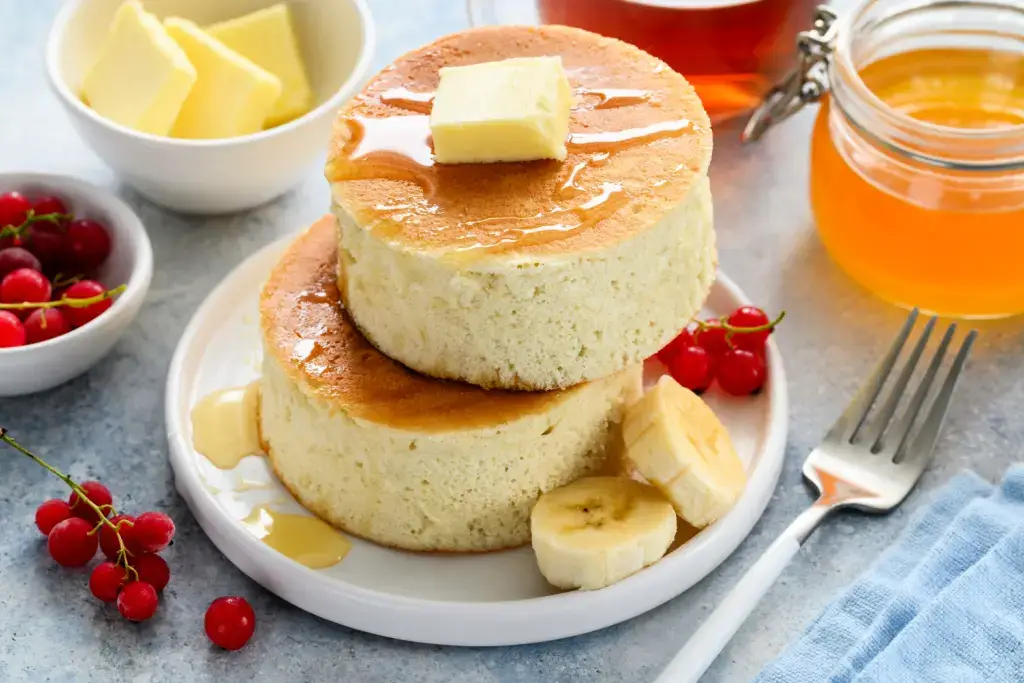
Japanese Pancakes: Everything You Need to Know!
Japanese pancakes are a breakfast sensation! Join us in viewing these heavenly treats, a blend of history, craftsmanship, and pure joy in a culinary masterpiece!
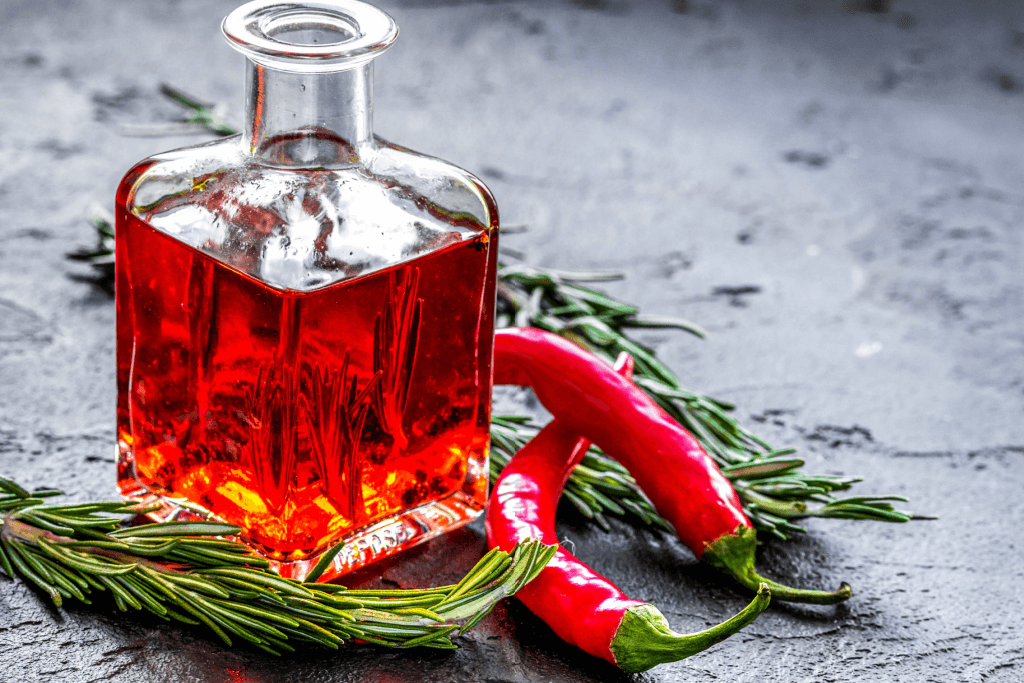
Chili Oil and Four Other Great Condiments You Should Try!
From Galangal root to fiery chili oil, these ingredients contribute to the richness of flavors.
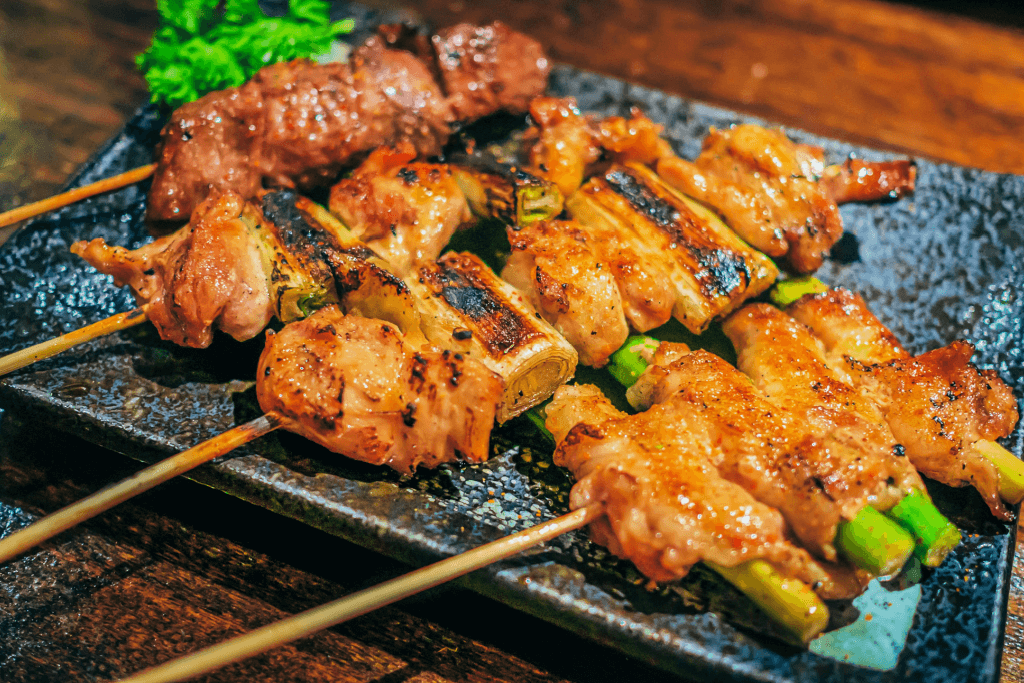
Kushiyaki and Other Amazing Japanese Cooking Techniques!
Let’s embark on a culinary journey through Japanese cuisine! We’ll explore kushiyaki, savoring the grilled perfection of skewers.
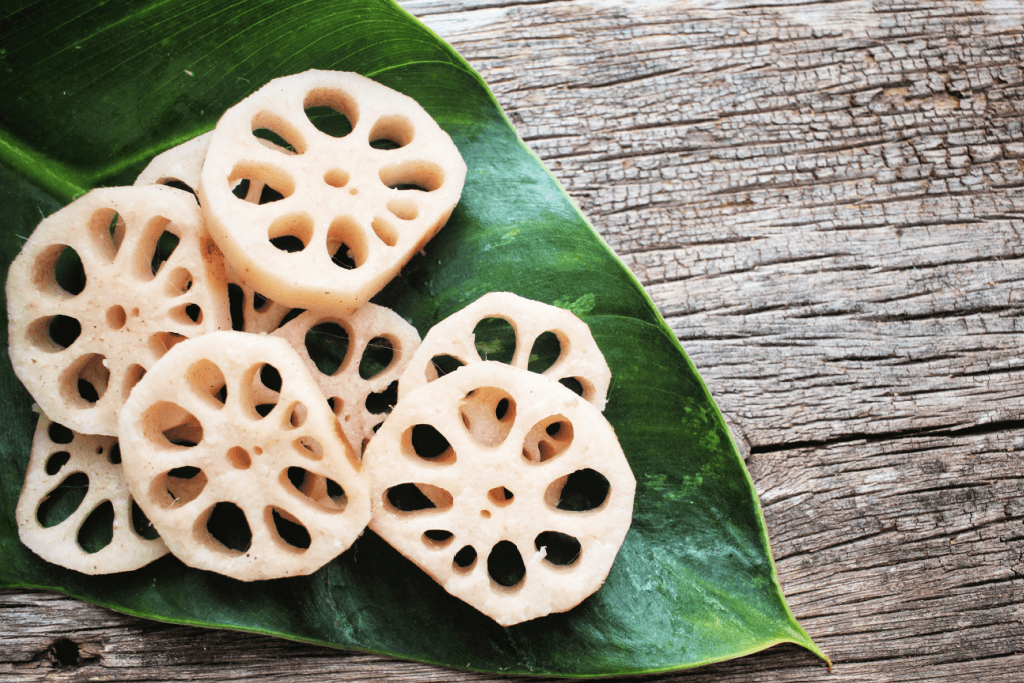
Lotus Root: Everything You Need to Know!
Lotus root, a star in Japanese cooking, is tasty and super healthy. It’s a cultural symbol representing good things in the future. Come with us to explore the wonders of this edible rhizome!

Hotels in Japan: Five Interesting Ones You Must See!
Japan has many types of hotels, from modern to traditional–something for everyone! Some of the most exciting hotels are also located outside of Tokyo.
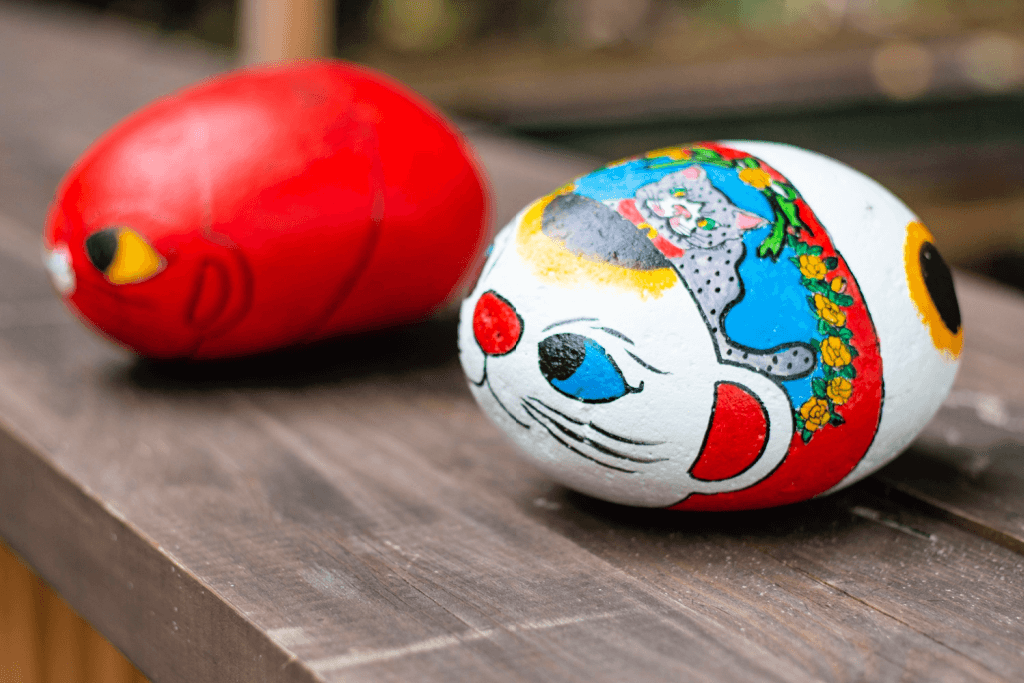
Handmade Pottery and More: Best Hiroshima Arts to Enjoy!
Let’s look into the world of Hiroshima’s arts, where handmade pottery, Kagura dance, and traditional craftsmanship continue to be celebrated and enjoyed by all!
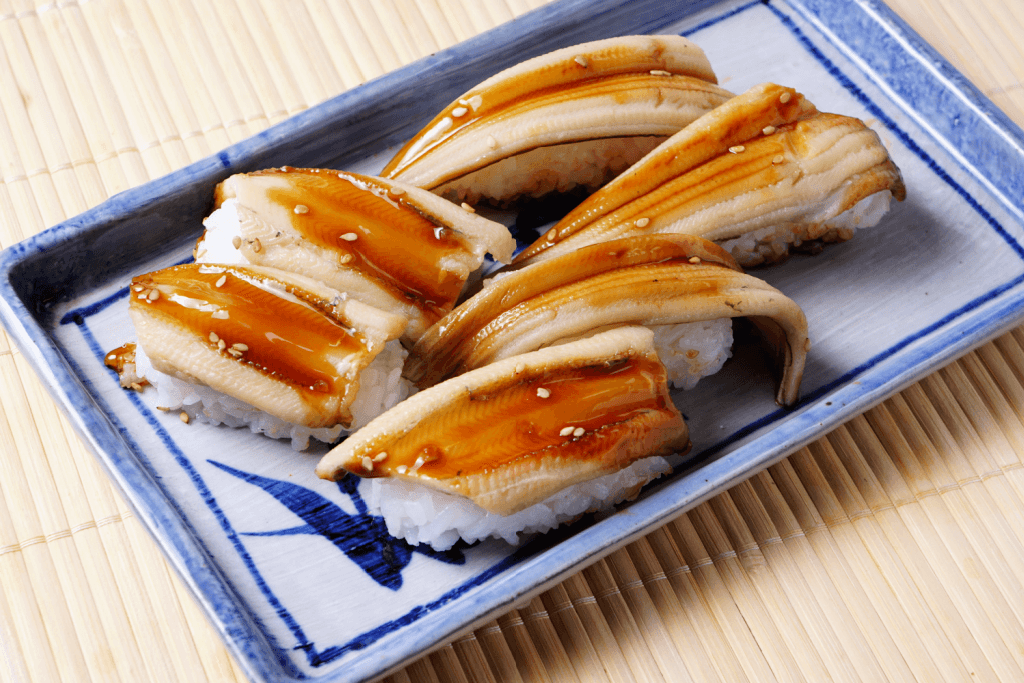
Anago and More: Best Cuisine from Hiroshima!
In Hiroshima, every dish, including the renowned anago, features a unique characteristic and adds to the charm of Japanese traditional cuisine.
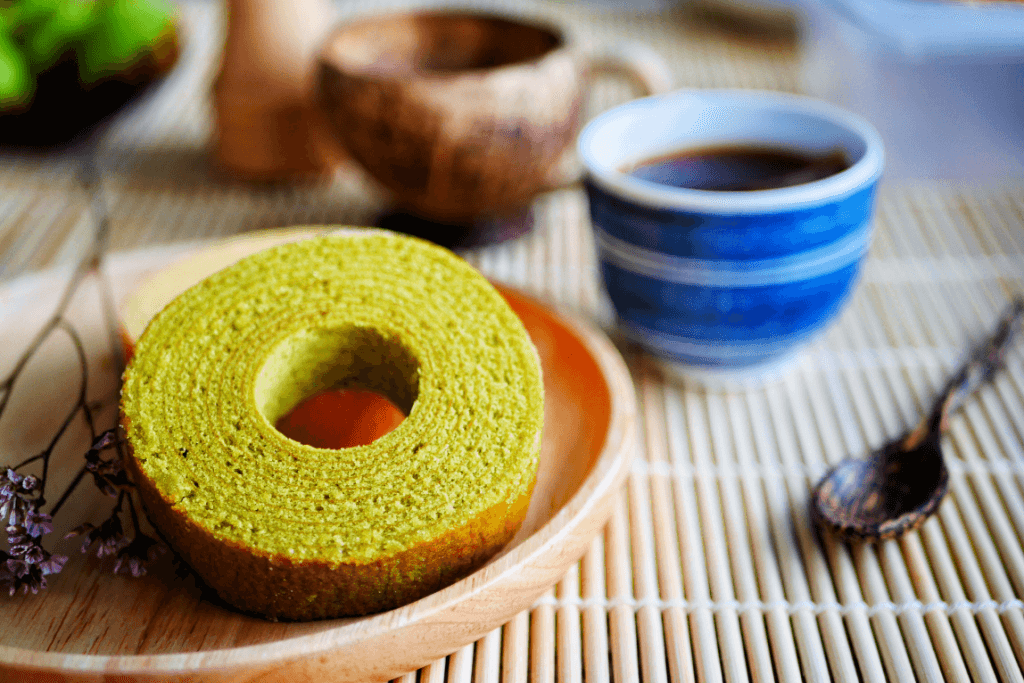
Baumkuchen: The Amazing German Dessert in Japan!
Baumkuchen is one of Japan’s signature pastries and has been for over a century now. Perhaps you’ve tasted one before – simple, yet so delicious!
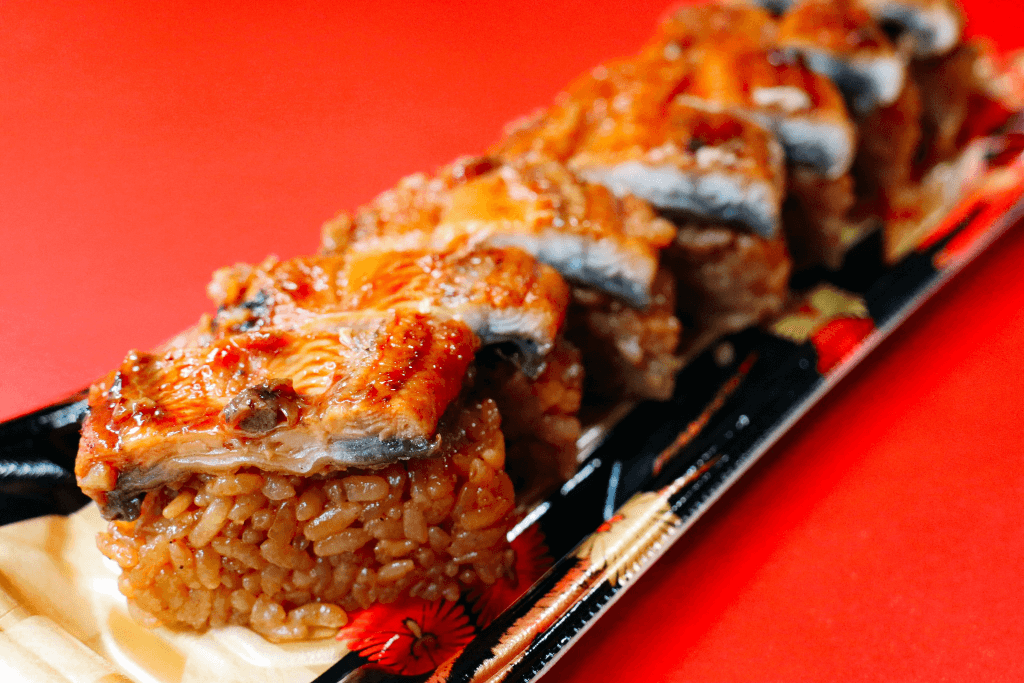
Kagoshima Prefecture: Best Foods to Try While You’re There!
Kagoshima Prefecture, or Kagoshima-ken (鹿 児 島), has a rich heritage, including architecture, art, and food. Here are our recommendations for the best Japanese snacks and foods in Kagoshima.
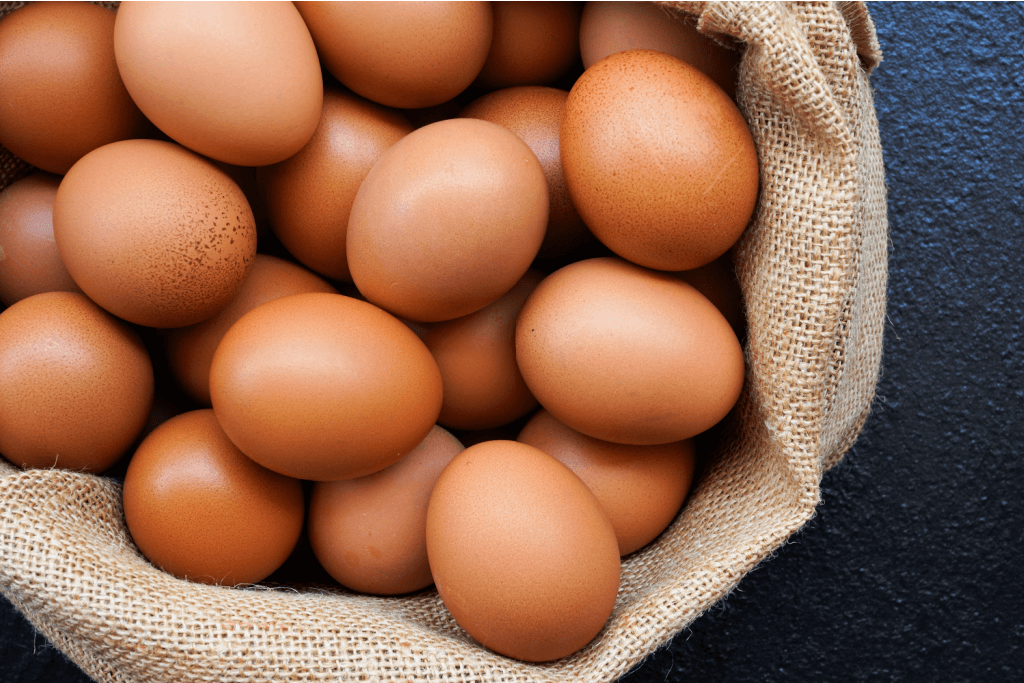
Egg Dishes: Seven Best Ones from Japan You Should Try!
When people think of egg dishes, many think of a hearty breakfast like scrambled eggs, sandwiches, and more. However, in Japan, there are many unique take on egg cuisine!
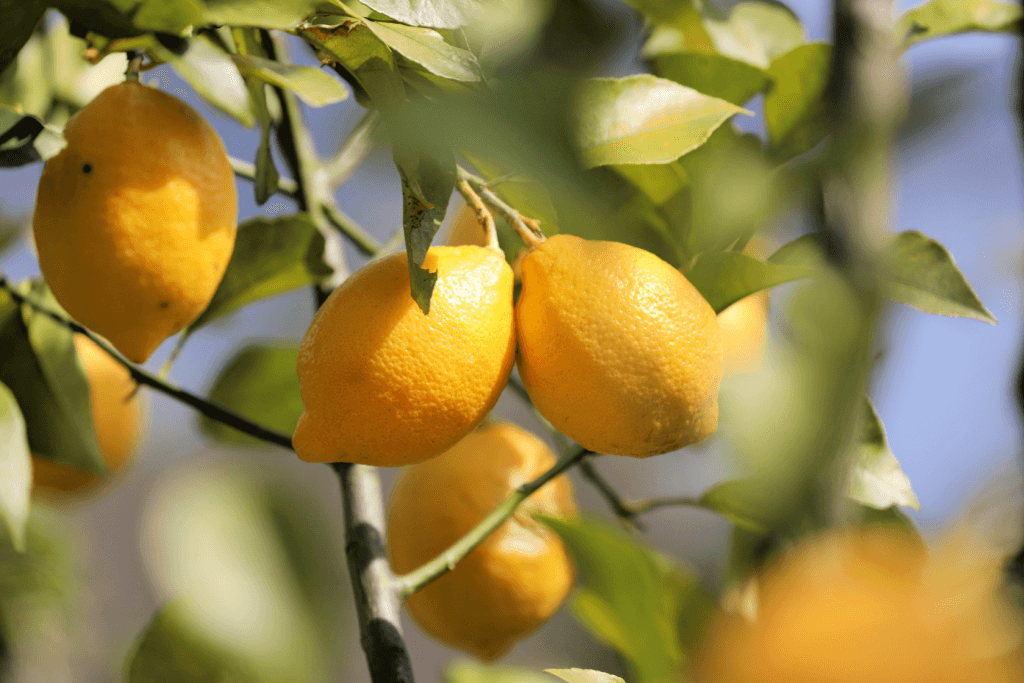
Year Round Paradise: The Setouchi Region’s Amazing Food!
In southwestern Japan, along the coast of the Seto Inland Sea, lies the Setouchi region—a culinary paradise with a year-round pleasant climate and some of the best food!
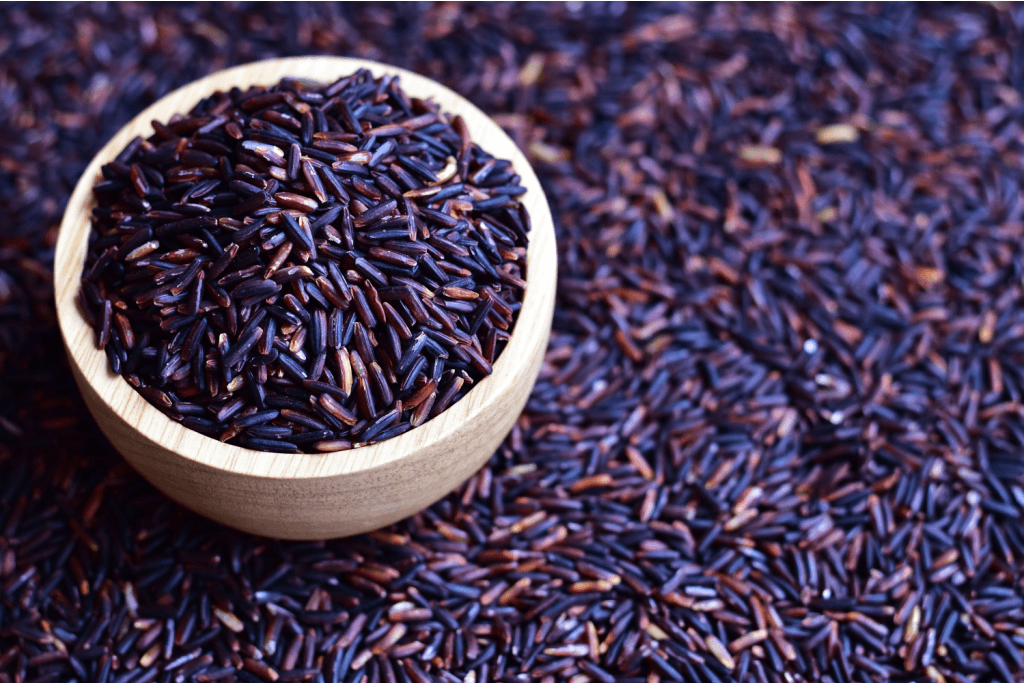
Purple Rice and More: Five Best Unique Grains from Japan!
Have you ever heard of purple rice? In Japanese cuisine, there’s more than just simple white rice! With various unique flavors, health benefits, and signature foods, a whole world of rice is waiting to be discovered!


